Chronological Understanding
Chronological understanding enables children to be able to place events and people both within and across historical periods. This section will provide inspirational activities which support a coherent understanding of chronology.
-

Historical fiction: it’s all made up, isn’t it?
ArticleClick to view -

Elizabethan times: Just banquets and fun?
ArticleClick to view -
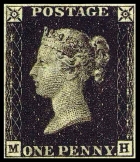
Overground, underground and across the sea
ArticleClick to view -

Making the most of the post-1066 unit
ArticleClick to view -

Scheme of Work: Thematic study - Education
ArticleClick to view -

How do pupils understand historical time?
ArticleClick to view -

So was everyone an ancient Egyptian?
ArticleClick to view -
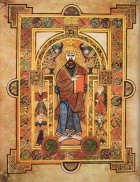
Using original sources
ArticleClick to view -

Using shoes as an historical source
ArticleClick to view -

Ancient Sumer
ArticleClick to view -

From Home to the Front: World War I
ArticleClick to view -

Early Islamic civilisation
ArticleClick to view -

Viking and Anglo-Saxon struggle for the kingdom of England
ArticleClick to view -

Assessment and Progression without levels
ArticleClick to view -
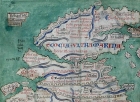
Britain's settlement by Anglo-Saxons and Scots
ArticleClick to view -

The Maya: a 4,000-year-old civilisation in the Americas
ArticleClick to view -
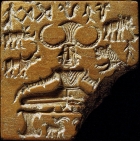
Investigating the Indus Valley (2600-1900 B.C.)
ArticleClick to view -
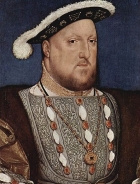
What do we mean by Big Picture History?
ArticleClick to view -

Place-names and the National Curriculum for History
ArticleClick to view -

Eweka's story: Benin and Big Picture History
ArticleClick to view

